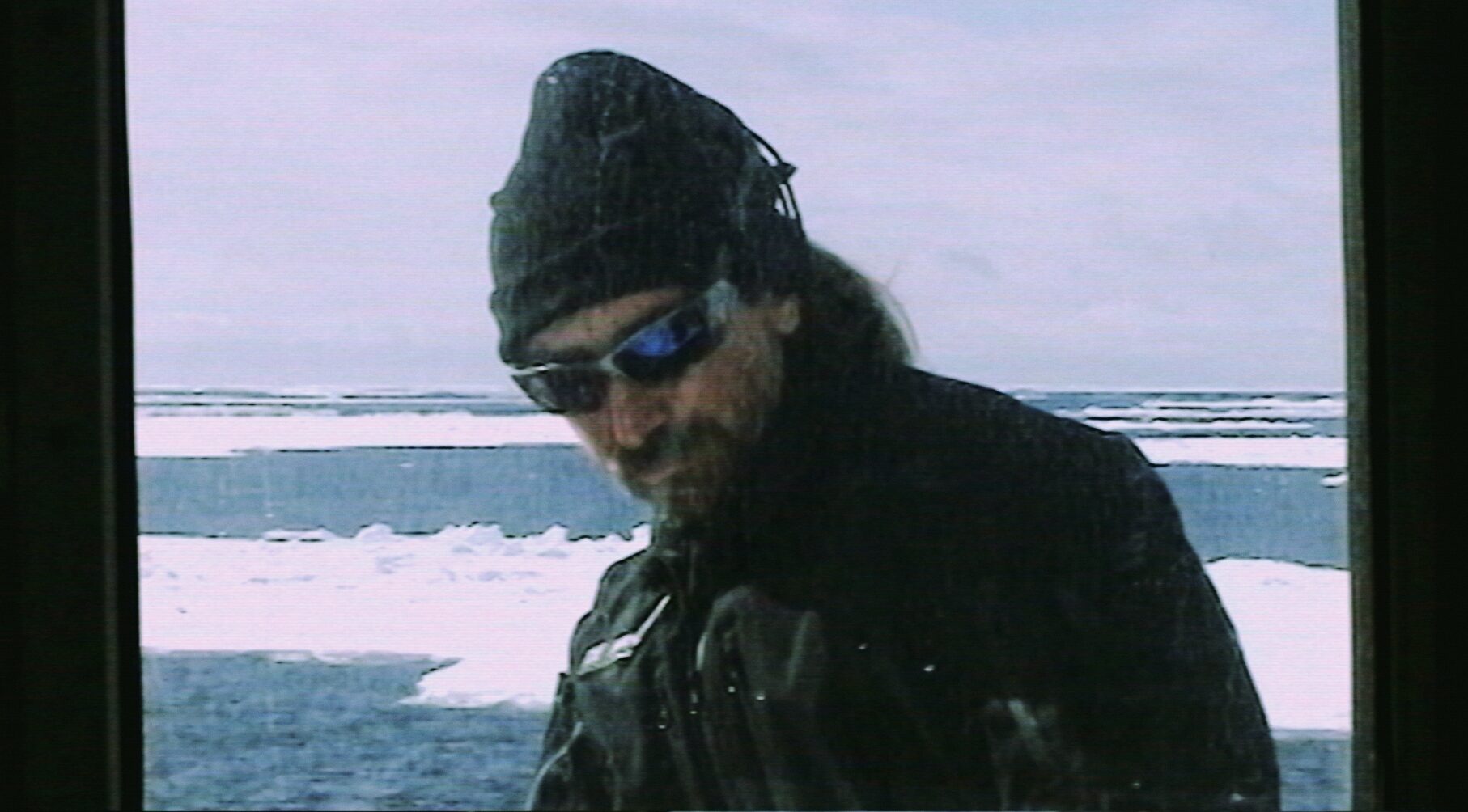Below, we publish a few questions addressed to director Lorenzo Pallotta about his competition film Terra Nova – The land of long shadows
Archivio Aperto explores the theme of memory and archives. How does your film intercept this theme? What elements of the film highlight this exploration of memory?
It was my first time working with archive material. It was an extraordinary discovery, not because I didn’t believe in the archive’s potential, but because from that moment my idea was to continue along this line and try to include it in subsequent works as well. In our film, it was the archive material that helped us find the narrative line. The visual and sound choices also come from there. The archive material, owned by the ENEA media library, was recovered by me during the 38th Italian expedition to Antarctica. While I was working and walking around on the ship with my little handycam, I watched this extraordinary material which, in some ways, has much with mine, especially from the observational point of view. The difference lies in the story: the voice of those who film has become our guide. An operator that we never see, but who tells us second by second what happens and the emotions he feels during the expedition. At that moment I felt a closeness to this figure. I thought my journey and his had the same soul and the same feeling. I am referring to the feeling of discovery and fear. The second point was to create an even stronger relationship between the past and the present, leading the viewer to get lost in the eras, making the film a single journey, where the difficulties of his expedition intertwine with mine, creating a real trip down memory lane. Where they don’t arrive, we arrive, creating a sort of pause in time, as if the two historical chapters became a single line of narrative and emotional development.
How do archive images influence the construction of the narrative? Can you tell us about a sequence in your film where archive images transformed or enriched the message you intended to communicate?
I’ll take as an example a sequence from the film which is highly hypnotic to me. Suddenly, in the archive material, a moment is told where researchers, technicians and sailors were testing new experimental machinery for water sampling. The operator, who is responsible for documenting all the events, from the happiest to the most dangerous, focuses for an instant on another operator, never seen before. This operator, in turn, points the camera at us, therefore at the viewer and our narrator. At that moment, during the editing, I felt that my gaze was truly connected to his. As if for a moment we had both found ourselves in the same boat, on the same expedition. This is also why we decided to use the reverse technique as a narrative element in this scene. Suddenly, operators and technicians move backwards, in a dance that brings the sense of memory and time, as if it were a large circle that repeats itself endlessly. For me, it was like freezing that moment in an eternal and timeless moment.
What found footage or experimental films have played an important role in your education?
This question is the most difficult one, because, as I was saying, it hasn’t been long since I approached this language. However, I would like to mention directors or films who have experimented with language, sound and memory above all, consequently, with the illusion of time. Works that struck me and, in some ways, influenced me, especially regarding the reasoning for the film material, the language and the positioning of certain images within a highly emotional journey. Directors like Asif Kapadia, the Godfrey Reggio trilogy, some films by Pietro Marcello like The Mouth of the Wolf, Oskar Alegria, a director whom I’m learning more about. Lately, for example, a couple of Italian films have moved and impressed me, such as The Last Days of Humanity and From the Planet of Humans. There are many films that I’m forgetting. I may have mentioned the ones that I’ve been bringing with me in recent months for my next film. I believe that today, more than ever, it is not so much the film or director of reference that is important, but the soul with which a story is told. The honesty with which the past and present are mixed in films, without fear of making mistakes and with a pinch of madness to deconstruct images and languages, to create something that carries forward the story and reflection on today. Indeed, today, more than ever, it is essential to understand and review the problems of the past to act directly on the present and, consequently, on the future. In this sense, archive material, especially private and amateur material, has opened an emotional key in me that continues to guide my work.
